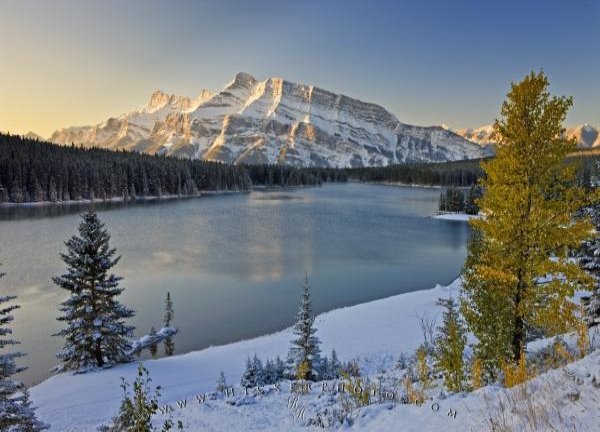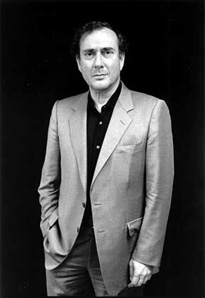Тестові тренувальні завдання з читання та використання мови
Тестові тренувальні завдання
з читання
та використання мови
вчителя англійської мови
Утківської ЗОШ І-ІІІ ступенів
Харківської районної ради
Харківської області
Цвяшко Маргарити Володимирівни
2017 рік
Task 1
The Wild Life
Read the text below. Match choices (1-4) with (A-D).

1. Long before the arrival of Europeans on the Canadian prairie (the wide grasslands of what is now called Alberta, Saskatchewan and Manitoba), the First Nations people lived in a harmonious relationship with their natural surroundings. Every item of their culture, from sewing needles to homes was obtained from nature. Their homes were called teepees and were like large tents made from the skins of deer. These people - tribes with names like the Blackfoot, the Peigan and the Blood people - were nomadic, which means that they travelled from place to place following the animals they hunted or the growth of the berries and fruits on the bushes and trees.
2. They had horses, although horses came to North America after escaping from the Spanish explorers who brought them here to explore the areas around Mexico and Texas. Boys and girls were both expert riders. They did not use saddles or reins or stirrups; they rode "bareback". Their clothes were made from deer skins and buffalo skins and decorated with the parts of other animals - tails from squirrels and gophers, quills from porcupines and the delicate bones of birds.
3. These children of nature did not ever have to go to school. They did not have to study to get into a prestigious college, nor did they have to worry about finding a job after graduation. This does not mean their life was easy. The winters were very long and very cold and there were sometimes wars between tribes. There were also the very great dangers involved in the buffalo hunt. Warriors rode at top speed (with no saddle) beside the huge buffalo shooting arrows to bring them down. The chances of a buffalo turning suddenly or of falling off the horse were very great. We must remember that there were also no hospitals in those days.
4. Even so, the young people of the tribes must have enjoyed a very pleasant lifestyle: fishing and gathering berries in summer, hunting in the forests in the early morning, dancing around the fire at night and listening to the old people tell stories and legends from long ago.
A Life in a big city
B Harmonious relationship with their natural surroundings.
C Children of nature
D A very pleasant lifestyle
E Winter sports
F Expert riders f1:
1/ a
Task 2
Harold Pinter
Read the text below. Match choices (1-6) with (A-F). Choose the one that fits the best.
In 2005 The Swedish Academy awarded the Nobel Prize in Literature – 1) ___________________________in this field – to British playwright Harold Pinter. The Academy said in its statement that “Pinter is the foremost representative of British drama in the second half of the 20th century”.
Harold Pinter was born to a working class family 1930. At school he joined the drama club and started writing short plays. His main interest was literature, with 2) _______________________being his favourite writer.
After school Pinter attended 3) _____________________________________and in 1952 started working as an actor for BBC Radio. His first published play was 4) __________which appeared in 1957. The critics did not think highly of it. “The Room” received very bad reviews in the press. It was a story about a man who is threatened by strangers for an unknown reason. Pinter went on to write 29 plays, all of which follow the same pattern: they are set in a single room, where people are threatened by other people whose intentions the audience can not understand. The themes usually exploited by Pinter are: menace, jealousy, hatred and mental disturbance.
“The Homecoming” (1965) is the most famous and the most enigmatic of all Pinter’s plays. It has been produced around the world to wide critical acclaim. The plays tell us the story of 5) _____________who brings his American wife to London to meet his family. The plot centres around Teddy’s bizarre relations with his weird relatives.
Although his work for the theatre made Pinter famous, he did not benefit much from his popularity. For many years he had to live in a small cheap flat on the outskirts of London. To provide for his family he continued to act on stage in various London theatres.
6) _______________________is also a noted political activist. His views are generally considered to be those of a convinced pacifist. He strongly opposed the 1991 Gulf War and the 1999 Kosovo War. In 2001 he condemned the United States war in Afghanistan and two years later Pinter strongly criticized the US Invasion of Iraq.
After being informed that he won the Nobel Prize, Pinter told the reporters: “I am going to abandon my career as a playwright and put all my energy into politics. After all, I’ve written 29 plays. Isn’t that enough?”
A Ernest Hemingway
B Harold Pinter
C “The Room”
D the world’s most prestigious prize
E Englishman Teddy
F London’s Royal Academy of Dramatic Arts 1:
1/ a
Keys
Task 1
The Wild Life
1 B, 2 F, 3 C, 4 D.
Task 2
Harold Pinter
1D, 2A, 3F, 4C, 5E, 6 B.

про публікацію авторської розробки
Додати розробку

